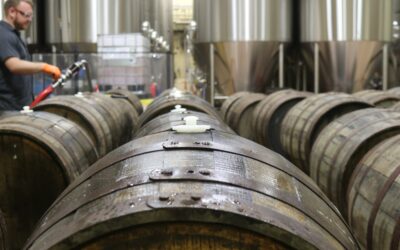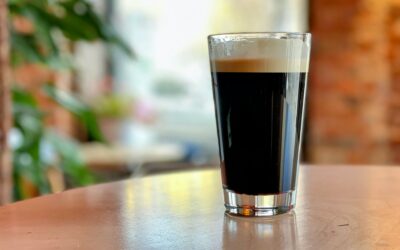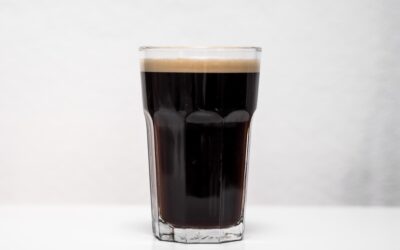Within a decade of porter arriving in the scene in London, brewers were recognising its potential in formats that are more robust, also termed ‘stout’. The fashionable new beer style was quick to show its adaptability for early industrialists who were starting to play with mass-production for the first time.
Oak-aged ales
The practice of ageing brown ales in oak casks has likely been around since soon after the introduction of hops to brewing, many centuries ago. Before hops were introduced, ale would soon oxidise to become malt vinegar. Adding hops allowed brewers to preserve beers longer, a crucial step in making them tradable commodities.
Dry stouts
In Ireland, by the end of the 18th century, porter and stout had come to dominate the beer market. The Irish versions began to diverge from their English equivalents from 1820, when brewers, including one Arthur Guinness, moved from relying on brown malt by becoming early converts to recipes based on the idea of pale malts being supplemented by black malts produced in a new type of roaster.
Stronger wheat beers
Heavier wheat beers must be carefully designed. Not even the Belgians have established a reliable style of wheat beer, much above 6% ABV, unless you count Oude Gueuze – which many would consider cheating, in this context.
Sweet stouts
Most new ways of making beer come about because of an advance in technology, alterations to the availability of ingredients, or a change in legislation. Sweet stouts were invented as a way of fending off a social movement.
Saisons
Some of the earliest commercial breweries operated at farms on or near which barley was grown. Adding a maltings and a brewery to a farm made sound sense economically, not just for adding value to the crop but also for providing winter employment agricultural labourers.
Lighter wheat beers
Most wheat beers are of session strength. This is in part because their intense graininess when young interferes with their drinkability when they are stronger. It is also in part a reflection of the difficulty handling wheat mashes in the brewery, which can behave like soggy pasta.
Porters
Where porters differ from stouts, the tendency is for the former to have more fruitiness, a somewhat lighter colour, restrained roasted bitterness and a more prominent malt character. This is rarely reflected in historic norms, but then no beer style is shackled to its history.








